From year to year, vegetable growers are looking for new high-yielding varieties of cucumbers, which are easy to plant and easy to care for. A find in this regard is the Paratunka F1 variety, created by Russian breeders from Semko-Junior LLC. The seeds of this company have a high germination rate. The variety was included in the State Register in 2006 and is actively used by gardeners on private farms.The hybrid can be grown in many climate zones. List of regions recommended for cultivation of the hybrid:
- Volgo-Vyatsky;
- Northern;
- Northwestern;
- Middle Volga;
- North Caucasian;
- Central;
- Central Black Earth.
Paratunka F1 cucumbers grow even in Yakutia, watch the video:
Declared characteristics of the variety
According to the description of the Paratunka F1 hybrid, the main characteristics of the culture can be identified:
- early ripening, parthenocarpic;
- yield 12.7 kg/sq. m;
- short-fruited;
- weight 75-100 g;
- recommended for cultivation under film covers;
- high immunity allows you to resist cladosporiosis and powdery mildew;
- easy to care for;
- universal application.
Reviews from those who grew this variety will not leave either beginners or experienced gardeners indifferent.
2018.12.17 at 12:12 wrote: Mikhail
The only negative is the price, but the cost is justified by its resistance to disease; the variety is not fancy at all. 3-4 plants can be planted per 1 square meter without the threat of diseases, 2-3 fruits are formed in one leaf axil, the flowers are exclusively female.
The fruits are a little prickly, but everything is just right - smooth, without bends (other varieties often curl), grow up to 10 cm. They taste excellent, without voids inside. The stem of the plant grows up to 2 meters; it must be tied to a trellis. From one square meter you can harvest 19-23 kg of crop, care is no different from other hybrids - fertilizing, loosening, constant watering.
Description of the variety
Variety Paratunka F1, like all indeterminate varieties, is a tall plant. The branching of the hybrid is average, the formation of ovaries is bunched. Each axil contains 3 or more female flowers. Medium sized leaf.Restrained branching makes it easier to care for the crop, avoids thickening, and ensures ventilation of the plant.
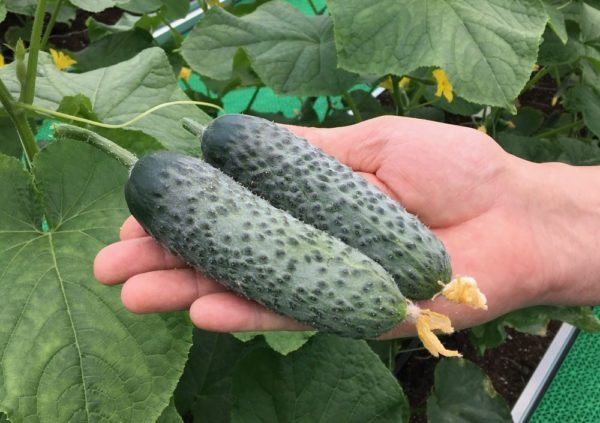
Vegetable growers value Paratunka F1 for its high yield, the ability to harvest before frost and ease of care.
The ripening of greens begins 1.5 months after emergence. The fruits are short, cylindrical, dark green in color, with tubercles. Cucumbers also have stripes and white pubescence. Medium density pulp with high taste. The appearance of the fruit and plant corresponds to the photo on the packaging.
And although the variety is intended for planting in a greenhouse, some vegetable growers also plant it in open ground, if necessary, covering the plants with non-woven materials in case of threat of return frosts.
When planted in open ground, the variety tolerates temperature changes and short-term cold snaps well, while the yield is slightly lower.
2018.12.09 at 13:16 wrote: vita_lina
The Paratunka F1 variety is very productive, yielding up to 15 kg per 1 square meter. The harvest is better if grown in a greenhouse, tied to a trellis. The variety is self-pollinating, early ripening. I sow the seeds a little deeper than the seeds of other varieties of cucumbers, 3-4 cm. The distance between the rows is at least 50 cm, and between the seeds - about 30 cm. The bush is of medium height with large leaves.
The greens are up to 10 cm, there are tubercles and spines. The cucumber is aromatic, juicy, crispy, even after pickling. For me, this is one of the best varieties for harvesting for the winter - it does not become limp. I marinate young fruits like gherkins, very tasty.
Features of growing Paratunka F1 cucumber, planting and care
Planting and caring for the cucumber variety Paratunka F1 are traditional. The quantity and quality of the harvest depends on the fulfillment of the conditions for planting a self-pollinating hybrid and caring for it:
- Paratunka F1 is intended for cultivation in closed ground and does not require pollination. Therefore, vegetable growers practice growing crops on balconies or window sills.
- Early harvest is obtained by seedling and non-seedling methods. With the seedling method, the seeds are sown in the last ten days of April. To speed up germination, seeds can be soaked in warm water before sowing.
- With the seedless method, which is carried out at the end of spring, injury to the roots, which is inevitable when transplanting seedlings, is eliminated.
- The soil must be nutritious and fertilized with organic matter. The air temperature during landing should not be less than +16° C.
- The scheme for planting a hybrid in a greenhouse is 3 plants per 1 sq. m.
- The hybrid is tall, so Paratunka F 1 is tied to a trellis.
- Regular watering will ensure maximum yield.
- Fertilizing with organic fertilizers once every 2 weeks.
- Cucumbers must be harvested regularly, which will increase the yield.
Special attention must be paid to the formation of the plant.
The scourge should be in the shape of an inverted pyramid, which allows for maximum harvest. To do this, remove all ovaries and lateral shoots in the axils of the lower four leaves, gradually increasing the number of ovaries and the length of the lateral shoots every 3-4 leaves on the central stem. A plant that has grown to the top trellis is thrown over it and allowed to grow 25 cm, then pinched. The harvest will be formed on the left side shoots.
Don't forget to read:
Reviews
Here is a video review from a young gardener:
Svetlana
Last year I tried this variety and did not regret it. The paratunka was delicious and crispy in the spicy ketchup.
Veronica
I liked the variety - Cucumber Paratunka F1. I bought a bag from Semko. The seeds are coated, so they are very easy to plant, no need to soak, and they sprout quickly! Care is no different from caring for any other cucumbers. Frequent watering is also necessary, but you need to be careful with loosening - the root system is close. I never loosen, but I do give fertilizing: I water them with solutions of complex fertilizer for cucumbers. Now you can find special fertilizers even with bird droppings. All shoots and flowers must be removed from the first 4 axils. When the vine reaches 1.5 meters, you can and should pinch the top.
The first cucumber was picked 1-1.5 months after planting. I always plant in a greenhouse. Nights in the Moscow region are cold. Cucumbers grow in bunches, from 3 to 5 pieces at once. They are almost all the same size, smooth, lumpy, but with spines - I collect them and wash them with gloves.
The taste is pleasant: sweet and juicy. The skin is thick, so it’s convenient to store and transport them, and preserve them again. I like to eat straight from the garden, so I prefer a different variety for that. They bear fruit in the greenhouse for a long time, until the beginning of September.
2019.01.16 at 10:33 wrote: Lizzy_C
I planted this variety once. Not bad, but there are better ones. I liked that it can be planted in a greenhouse and in open ground. In the open ground I have high beds, there is a lot of space, so I planted Paratunka there. It takes roots well with all its branches. If it weren’t for the cold nights of our region (Berdsk), they would bear fruit for a long time in open ground.
Already in mid-August the vines began to dry out, there were no flowers or fruits. But in July the harvest was good! To do this, I often watered and fed.My beds are new, well filled with organic matter, I like to add mown grass from the lawn, it prevents moisture from evaporating and prevents weeds from growing.
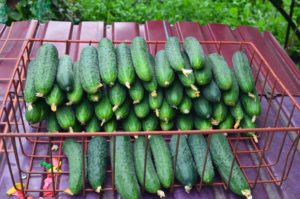
Paratunka and Artist were the best last year)) in taste, shape, intensity of fruiting, similar to Herman. The artist may be a little more juicy. In the new season I will put these three again, I can’t choose who is the best.
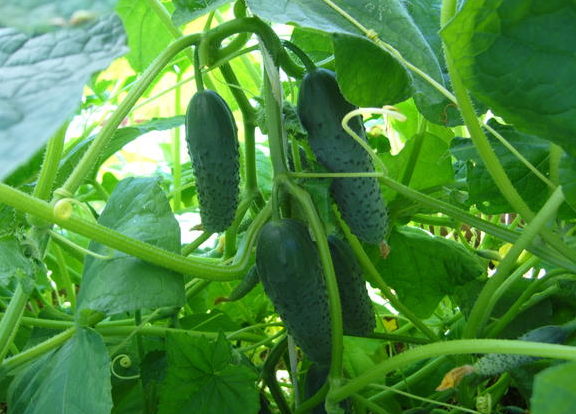
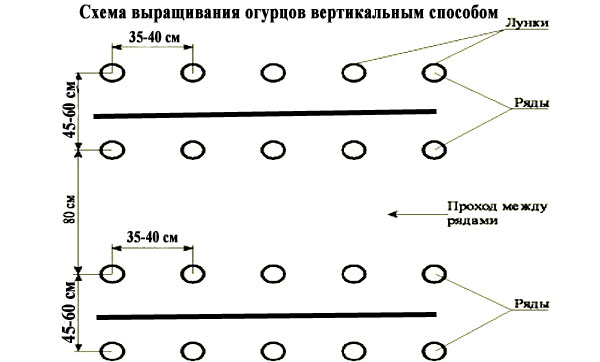
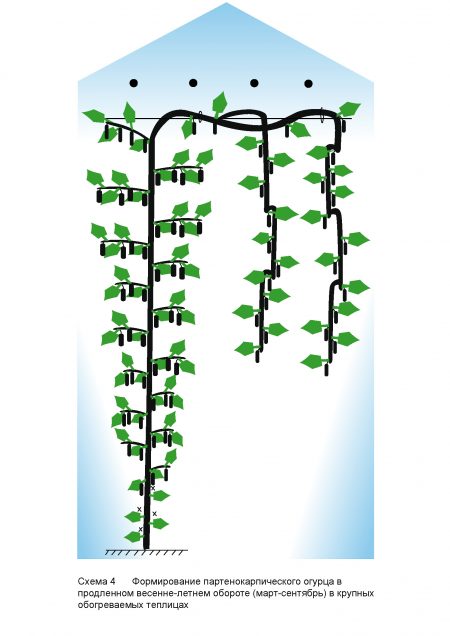
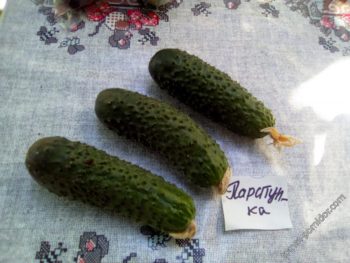

 (2 ratings, average: 4,50 out of 5)
(2 ratings, average: 4,50 out of 5) CUCUMBERS NEVER GET SICK, I'VE BEEN USING ONLY THIS FOR 40 YEARS! I SHARE A SECRET WITH YOU, CUCUMBERS ARE LIKE THE PICTURE!
CUCUMBERS NEVER GET SICK, I'VE BEEN USING ONLY THIS FOR 40 YEARS! I SHARE A SECRET WITH YOU, CUCUMBERS ARE LIKE THE PICTURE! You can dig a bucket of potatoes from each bush. Do you think these are fairy tales? Watch the video
You can dig a bucket of potatoes from each bush. Do you think these are fairy tales? Watch the video
 How our fellow gardeners work in Korea. There is a lot to learn and just fun to watch.
How our fellow gardeners work in Korea. There is a lot to learn and just fun to watch. Eye trainer.The author claims that with daily viewing, vision is restored. They don't charge money for views.
Eye trainer.The author claims that with daily viewing, vision is restored. They don't charge money for views. A 3-ingredient cake recipe in 30 minutes is better than Napoleon. Simple and very tasty.
A 3-ingredient cake recipe in 30 minutes is better than Napoleon. Simple and very tasty. Therapeutic exercises for cervical osteochondrosis. A complete set of exercises.
Therapeutic exercises for cervical osteochondrosis. A complete set of exercises. Which indoor plants match your zodiac sign?
Which indoor plants match your zodiac sign? What about them? Excursion to German dachas.
What about them? Excursion to German dachas.